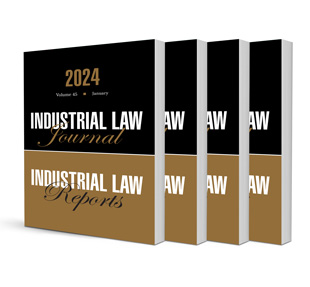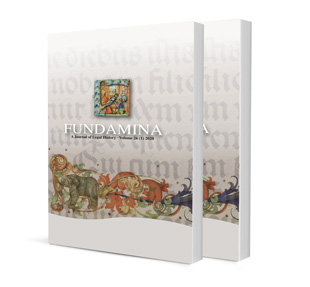Dignity and the Purpose of Labour Law

Dignity and the Purpose of Labour Law
Author Ruben Orton
ISSN: 2413-9874
Affiliations: Emeritus Professor of Law, University of the Western Cape
Source: Industrial Law Journal, Volume 45 Issue 4, 2024, p. 2157 – 2186
https://doi.org/10.47348/ILJ/v45/i4a2
Abstract
The article advances the notion in the context of South African labour law that the purpose of labour law is to protect the human dignity of employees. In doing so, it deviates from the accepted idea that the purpose of labour law in South Africa is to restrict the power of employers to impose their will in the employment relationship so that employees are treated fairly. Dignity is furthermore integrated and conceptualised in a manner that enhances its substantive use in labour law. This is achieved by adjusting the test for fairness of labour practices and by presenting a dignity framework. The framework consists of two dignity models: the ‘same-kind dignity model’ and the ‘self-fulfilment dignity model’. The framework furthermore harnesses the social justice rules that are applied in South African labour law to resolve the perceived tension between individualistic and communitarian facets of dignity.
